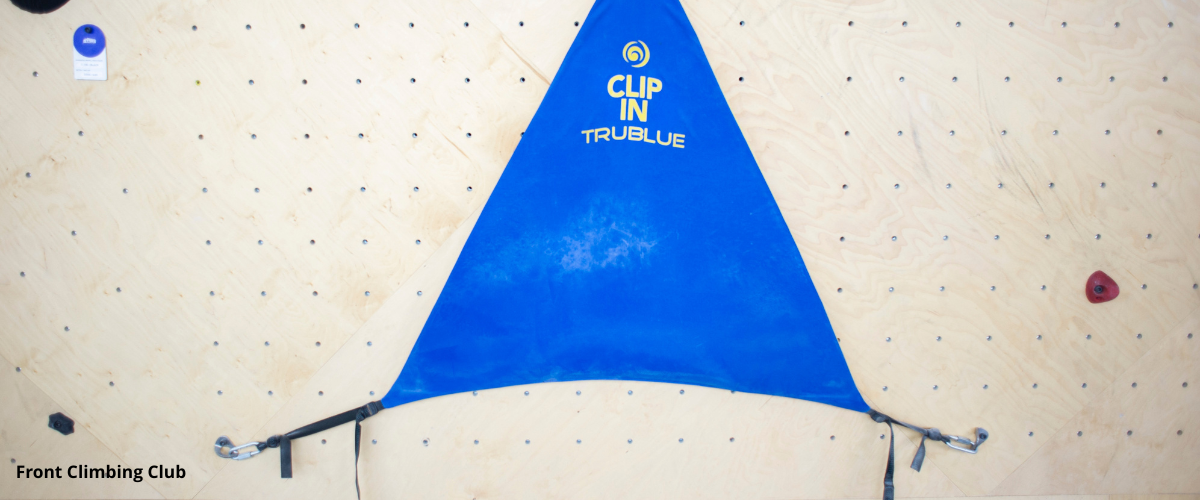Understanding Auto Belay Misuse: Part 2

“[People] are still led by instinct before they are regulated by knowledge.”
Theodore Dreiser, Sister Carrie (1900)
Article At A Glance |
|
In the first part of this series, I looked at mental preparation for climbing from the “two systems” perspective of Daniel Kahneman in his book Thinking, Fast and Slow (The quote above may be thought of as an early working definition).
The upshot was that climbers using auto belays should put the slower, reflective, analytical System 2 to work before starting to climb. I blamed System 1 – the fast, reactive, reflexive, impulsive, fight-or-flight part of our mental process – for dangerous errors and oversights among auto belay climbers.
A fast reflexive mindset can give climbers a false sense of security or cause them to assume rather than analyze. Auto Belays are easy to use and don’t require a belay partner, placing all the responsibility for thinking (fast OR slow) on the climber. Other belayed systems, where partners have to make sure the rope is threaded through the braking system properly and make sure knots are tied correctly, can still fall into the complacency trap. But, when using auto belays some climbers ignore their own role and place all their trust in a lanyard, coiled in a reel in a mechanical housing, that will let them down slowly in the event of a fall or if they want to avoid climbing down.
All they have to do (they think) is clip the lanyard onto their harnesses.
Auto belay incidents caused by failing to clip in – at least the ones we hear about – seem to happen more frequently to experienced climbers. We also see this demographic trend in top roping and lead climbing. This makes sense from Kahneman’s two-systems perspective.
If you’re not consciously putting System 2 to work, you expect that the last climb of the day is going to be just like the other ones that day – uneventful. You clip in and go. Most of the time, you’ll be OK. The one time you assume too much can lead to disaster.
In response to caused by failing to clip in to an auto belay, the industry has come up with a variety of risk-management options: warning signs, audible alarms, various belay gates and barriers, and, of course, pre-climbing instruction and orientation.
As operators have found out, every method to reduce climbing risks requires the participation and buy-in of the climber. In the ambient noise of a gym, a climber may not hear or pay attention to a warning. They see signs everywhere, but they may ignore them and the staff's orientation. Some will simply ignore barriers, going around a belay gate and free climbing. (If you catch a properly oriented and warned climber doing this and you don’t immediately eject them from the gym, you’re asking for trouble. They’re putting themselves and your business at risk.
Signs, alarms, and barriers are great, as far as they go. But how do we close the gap between these mental, visual, and auditory preventive measures and the mind of the climber? The crux of a climb may not be on the wall at all, but between the climber’s ears. Giving thorough orientations and proficiency assessments designed to connect with your audience will help the industry improve climber education one climber at a time. The CWA's updated Industry Practices now require orientations for Auto Belays. Part of the solution is effectively communicating that climbing is dangerous and that climbers have a personal responsibility to manage risk - especially when climbing alone.
That solution lies in getting the climber to activate System 2 on every climb, and that, in turn, means instilling habits. First, we cannot overload folks with information. They already have waivers to read and sign, as well as orientations to listen to. Second, we have to create some time to put their slower, reflective System 2 to work. Finally, we have to prompt them to engage System 2.
Activating System Two
- Assess: The climber takes a moment to study the route and visualize the moves up the wall. This doesn’t need to be a sophisticated process; even a beginner can do it in a limited fashion. The key phrase here is “takes a moment;” this allows the buying of time for the rest of the process to work.
- Stage: The climber is standing at the belay gate. They inspect the harness to ascertain where the belay loop and gear loops are, and does a visual check of any other equipment to make sure it is properly positioned and ready to go.
- Clip: The climber removes the belay gate or barrier and unclips the lanyard. Looking at the belay loop and with one hand on it, the climber clips the lanyard on.
- Check: The climber checks the belay connection to make sure the webbing of the lanyard is clear of the carabiner and the carabiner is closed and locked. The climber pulls on the lanyard to make sure it retracts.
- Climb: Having completed the previous steps, the climber enjoys an uneventful climb. Both the climber and the operator have successfully mitigated the risk of an auto belay climb.
Download A Flier Version of This Checklist!
What I have just described amounts to a checklist, and I can almost hear the collective groan at the use of that word. We sometimes feel that we checklist people to death. The key is to keep it short, simple, and memorable. These steps, or something like them, can easily be included in an auto belay orientation and can be reinforced by signage at the wall. The CWA, and many auto belay manufacturers (CWA, Head Rush, Perfect Descent) have all developed posters and checklists that you can use to educate and orient your climbers.
I have included a sample checklist below, which you can adopt or disregard in toto, or tinker with to fit your own situation. As an operator you know best which message will connect with your customers - just know that there are many resources to help you find the best way to craft your approach. For more information on the philosophy and strategy of checklists, see The Checklist Manifesto: How To Get Things Right by Atul Gawande.
All we’re talking about is getting auto belay climbers to slow down and engage their minds in a process similar to that undertaken by lead and top-rope climbers before they climb. No risk-management strategy is foolproof.
But if climbers can commit these procedures to memory and habit, so that they will use them each time they climb, hopefully we can reduce falls caused by errors in thinking and judgment.
About The Author
 Robert Angell is an Ohio- and Colorado-licensed attorney concentrating in the areas of administrative law, recreation, amusement, and entertainment law, and business formation. He served on the CWA Board of Directors from 2006 to 2013 and was reappointed to the Board in 2019. Bob has been instrumental in regulatory initiatives on behalf of CWA members across the U.S. since 2005. His clients include many gyms in Ohio and other states.
Robert Angell is an Ohio- and Colorado-licensed attorney concentrating in the areas of administrative law, recreation, amusement, and entertainment law, and business formation. He served on the CWA Board of Directors from 2006 to 2013 and was reappointed to the Board in 2019. Bob has been instrumental in regulatory initiatives on behalf of CWA members across the U.S. since 2005. His clients include many gyms in Ohio and other states.
